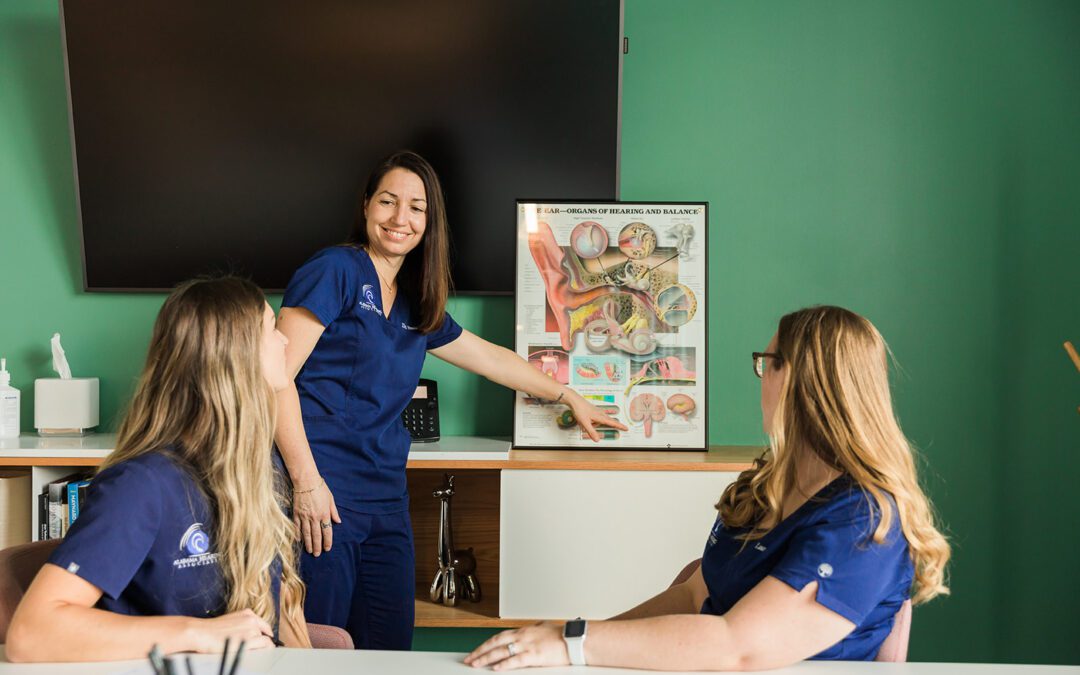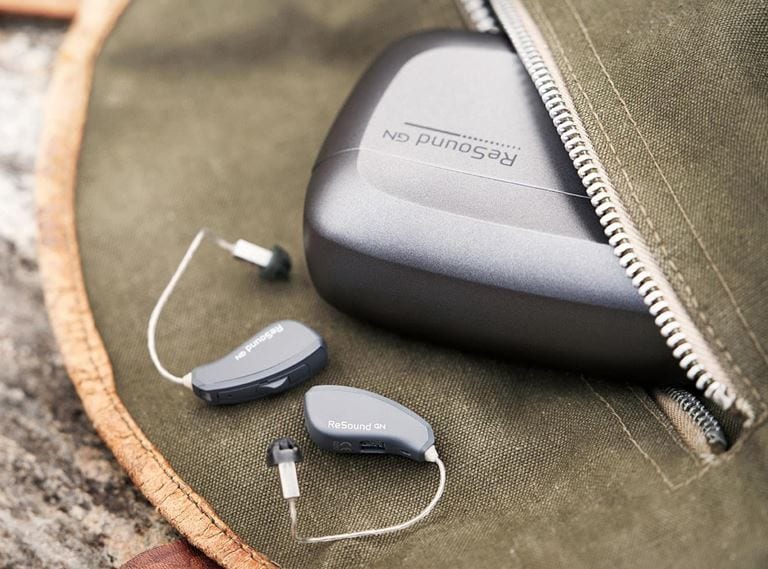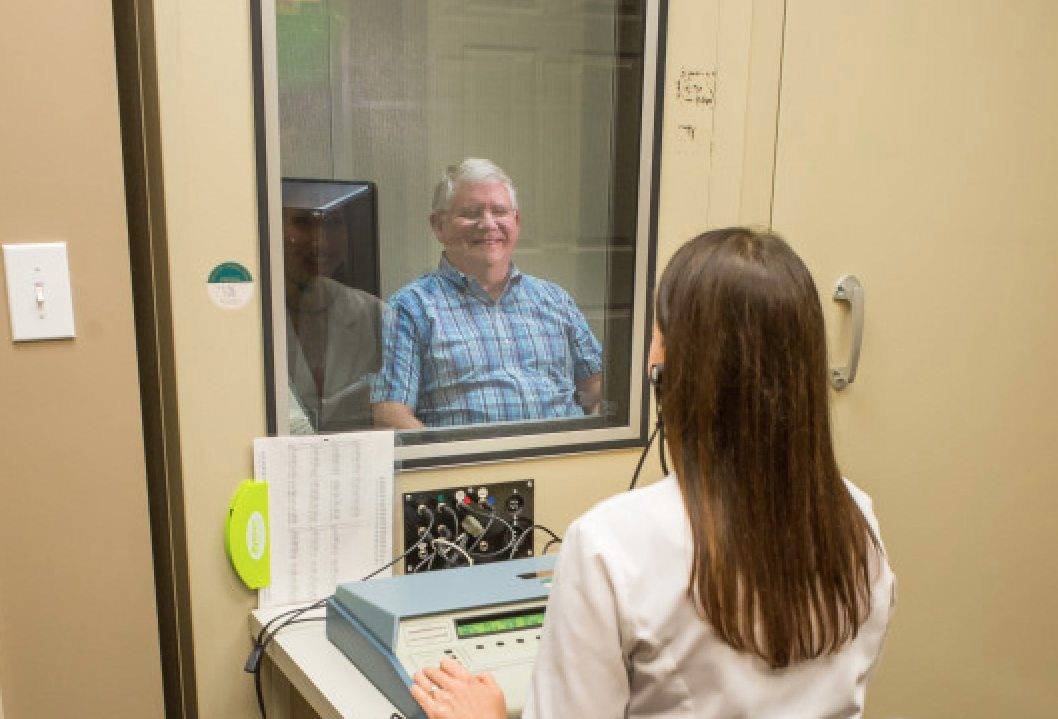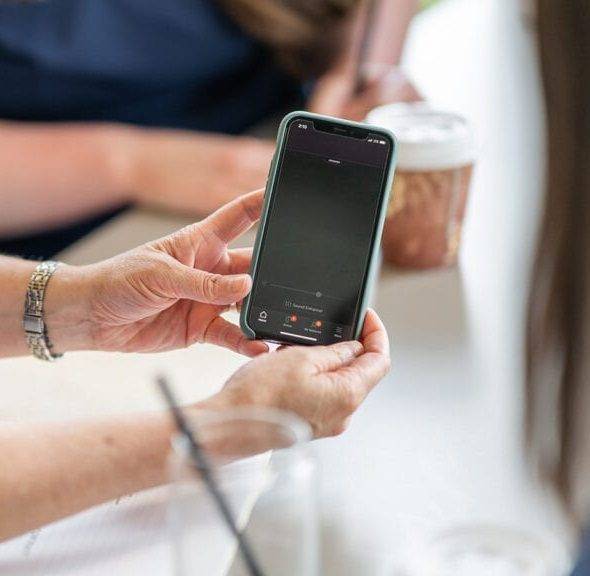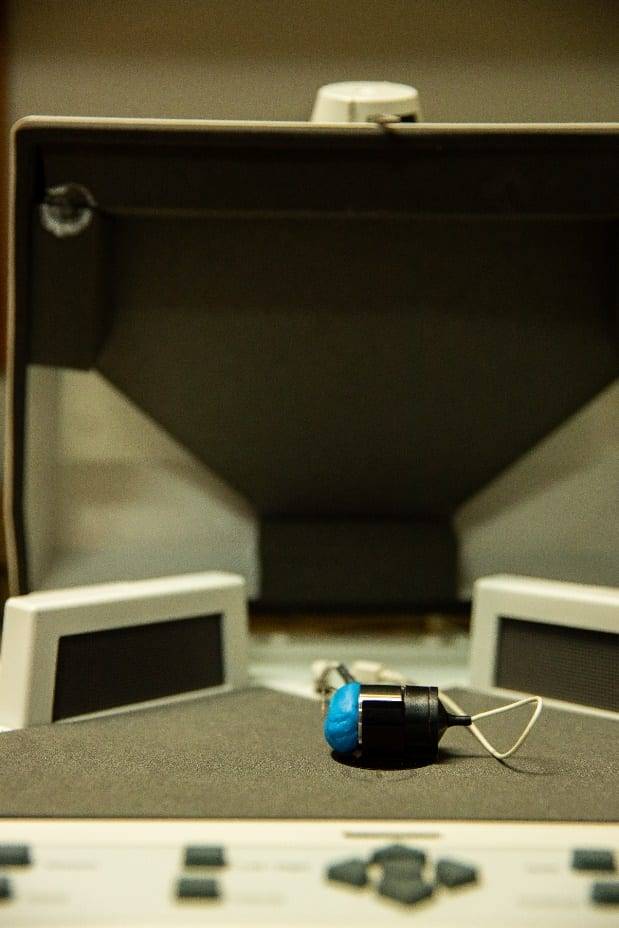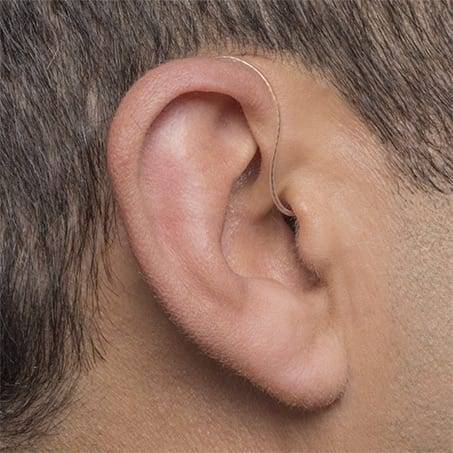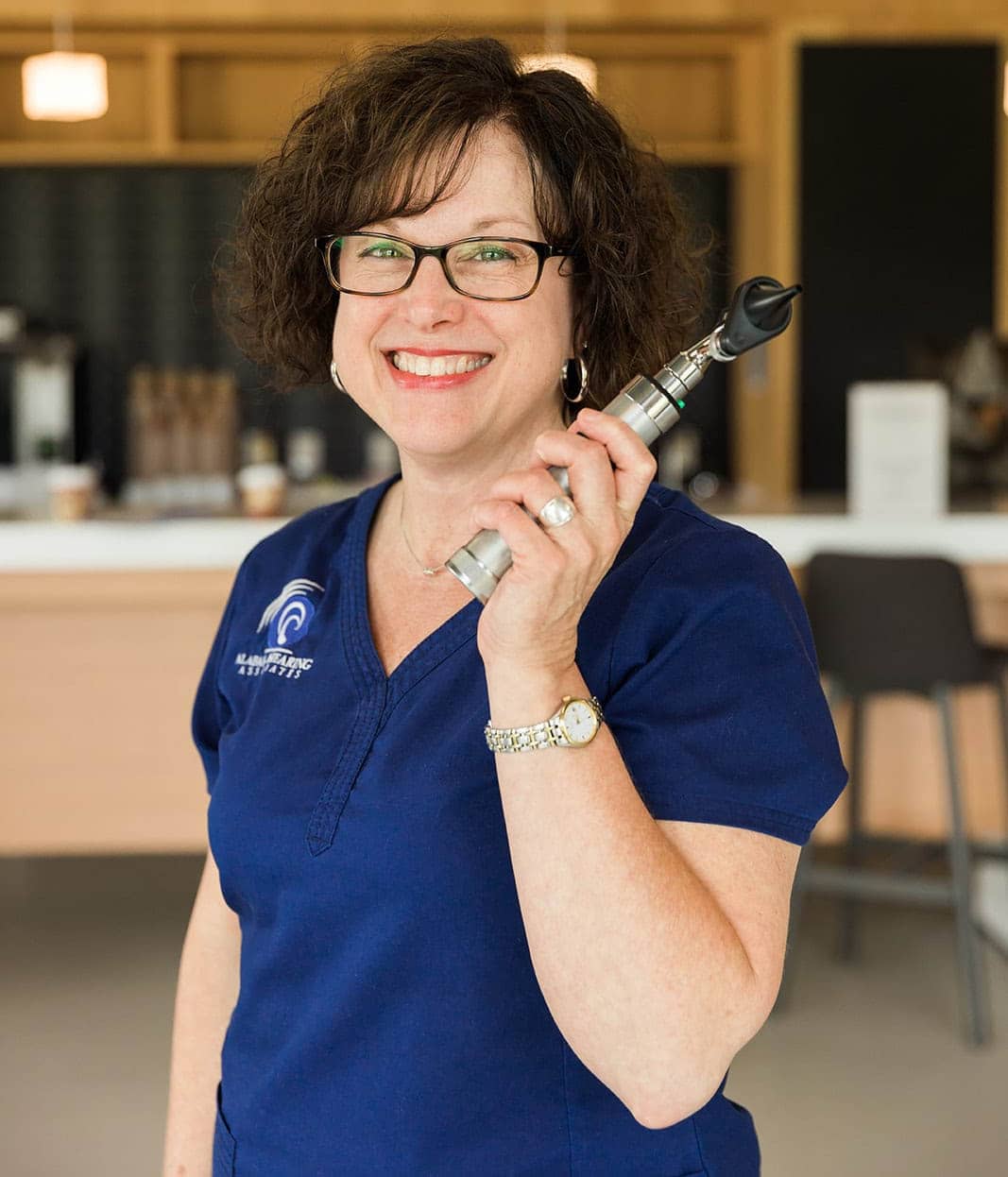October is National Protect Your Hearing Month, so our blog post this month will highlight hearing protection! Let’s face it. We live in a noisy world.
Did you know that after age-related hearing loss (presbycusis), noise-induced hearing loss is the most common cause of hearing loss in adults? While we can’t prevent getting older, we can prevent excessive noise exposure!
I always recommend my patients either avoid loud noises or wear appropriate hearing protection when loud noises are unavoidable. This is in the hopes of preventing further damage to the hair cells of the cochlea (also known as the inner ear or the hearing organ).
Excessive noise could include power tools, wood working tools, lawn mowers, firearms, motorcycles, and loud concerts.
Can’t I Just Get Those Little Disposable Ear Plugs At The Store?
First of all, you may be thinking, isn’t at least wearing some kind of hearing protection better than no hearing protection at all? While this is certainly true to some extent, it is important to be aware that hearing protection is only as good as it is inserted.
This can be difficult to achieve with a one-size-fits-all or a one-size-fits-most concept. However, if these are all you have on hand at a moment’s notice, please watch the following video on how properly insert and remove disposable ear plugs. Hint: Hollywood NEVER gets this right!
Selecting appropriate hearing protection without the help of an audiologist can also be challenging! If you’ve shopped for hearing protection before, you have probably seen the noise reduction rating (NRR) listed on the package.
The higher the NRR, the more protection provided. Many people just assume the higher the NRR the better regardless of what it’s used for.
However, this is not the case! In fact, when you select an inappropriately high NRR, it can make communicating with others so difficult that people often take out their earplugs altogether. This is why I love fitting patients with custom hearing protection that is made just for their ears and for their specific noisy activity of interest!
Custom Hearing Protection? Tell Me More!
Custom hearing protection is the best of both worlds because you get the optimal noise reduction and a comfortable fit! I sleep better at night knowing that my patients are wearing well-fit hearing protection without any cracks or crevices for sound to leak in.
There are solutions for just about any activity that you can think of… see below for some examples of our most popular types of hearing protection!
Passive hearing protection: The term “passive protection” is defined as non-electronic molds.
By using either solid earmolds or special filters, passive hearing protection provides you with the ability to hear what you want to hear while dampening excessive noise/loud sounds that could cause damage to your hearing. This is a great option for patients who are budget-conscious or who are new to hearing protection and want to start out with something simple and classic.
-
Musicians Ear Plugs are fantastic for musicians and concert-goers alike. What is wonderful about these little guys is they not only attenuate sound fairly equally across the frequency spectrum (from bass to treble), your audiologist can also select how strong the noise reduction needs to be.
- Hocks Noise Breakers can be particularly helpful for patients that want to be able to carry on a conversation while working with power tools, riding a dirt bike, or doing car repair work. This solution uses the physics of sound to attenuate louder high frequency sounds while letting conversational speech pass through almost unaltered.
Originally designed for military use, impulse filter ear plugs are perfect for those seeking protection from very loud impulse noise like gun shots or artillery fire. However, the unique design still allows for you to still be able to hear conversational speech.
-
While Sleep plugs aren’t necessarily hearing protection, these can also be great for quality of life (and sleep)! If you are a light sleeper or have a partner that snores incessantly, these little plugs can help block out that sound you can sleep much more soundly.
Active Hearing Protection:
You could think of this is more of a “Cadillac” or premium hearing protection option. These are either plugged into a power source, battery-powered, or rechargeable and can be great for an avid hunter or a professional (and semi-professional) musician. Both of these options come in various levels of technology depending on the patient’s needs.
- In-Ear Monitors are for musicians or sound engineers. They provide significant hearing protection while being “plugged in” to the sound system so you can hear the perfect mix of the music coming out of the speakers. These are becoming more popular with contemporary worship bands at churches too.
-
SoundGear are the best option for the avid hunter. These protect against the very loud impulse sounds from guns while amplifying the soft sounds in the forest. They also have options for rechargeability or even Bluetooth streaming.
Protect Your Hearing Today
If you were to schedule a hearing protection device consult with us, your audiologist would take a full case history, determine if there is a need for a baseline hearing test or hearing screening, and inquire about when you intend to use your hearing protection devices.
After selecting which hearing protection device is most suitable for you, we would complete an otoscopic examination to ensure the ear canal and eardrum look healthy.
Finally, we would obtain impressions of your ears. These impressions take a few minutes to set in each ear and then will be removed and sent off to the manufacturer with your order request.
Once your order is processed and we receive the hearing protection devices, we will schedule your fitting to ensure a good fit!
If you would like to schedule an appointment for a hearing protection consult, please call us at 256-319-4327 or submit a contact request and one of our helpful team members will call you back shortly.

